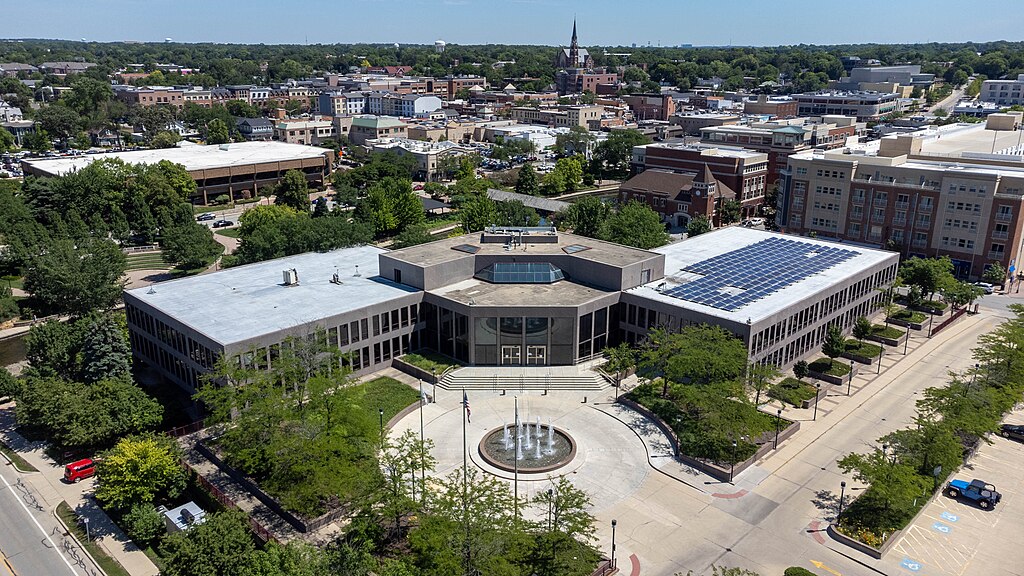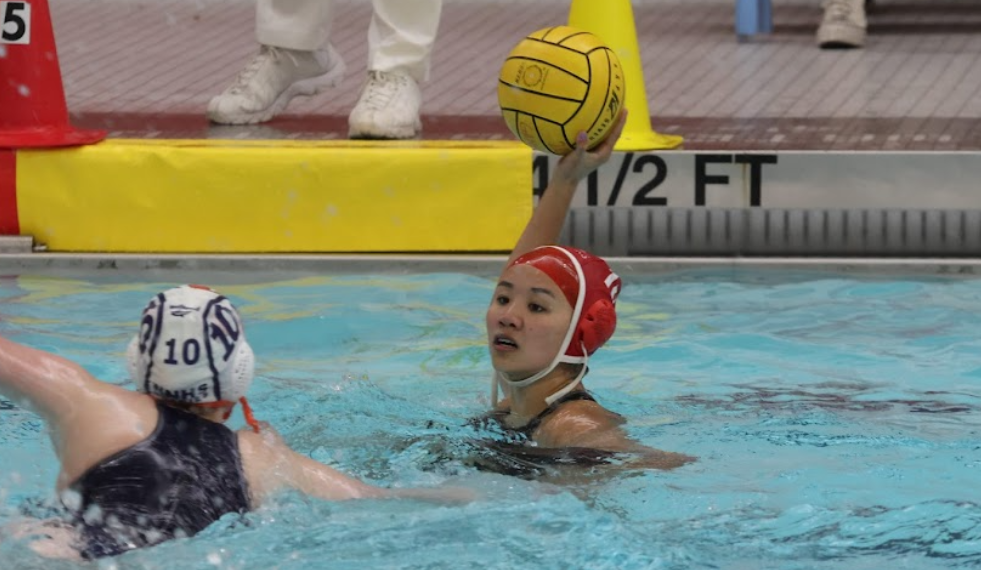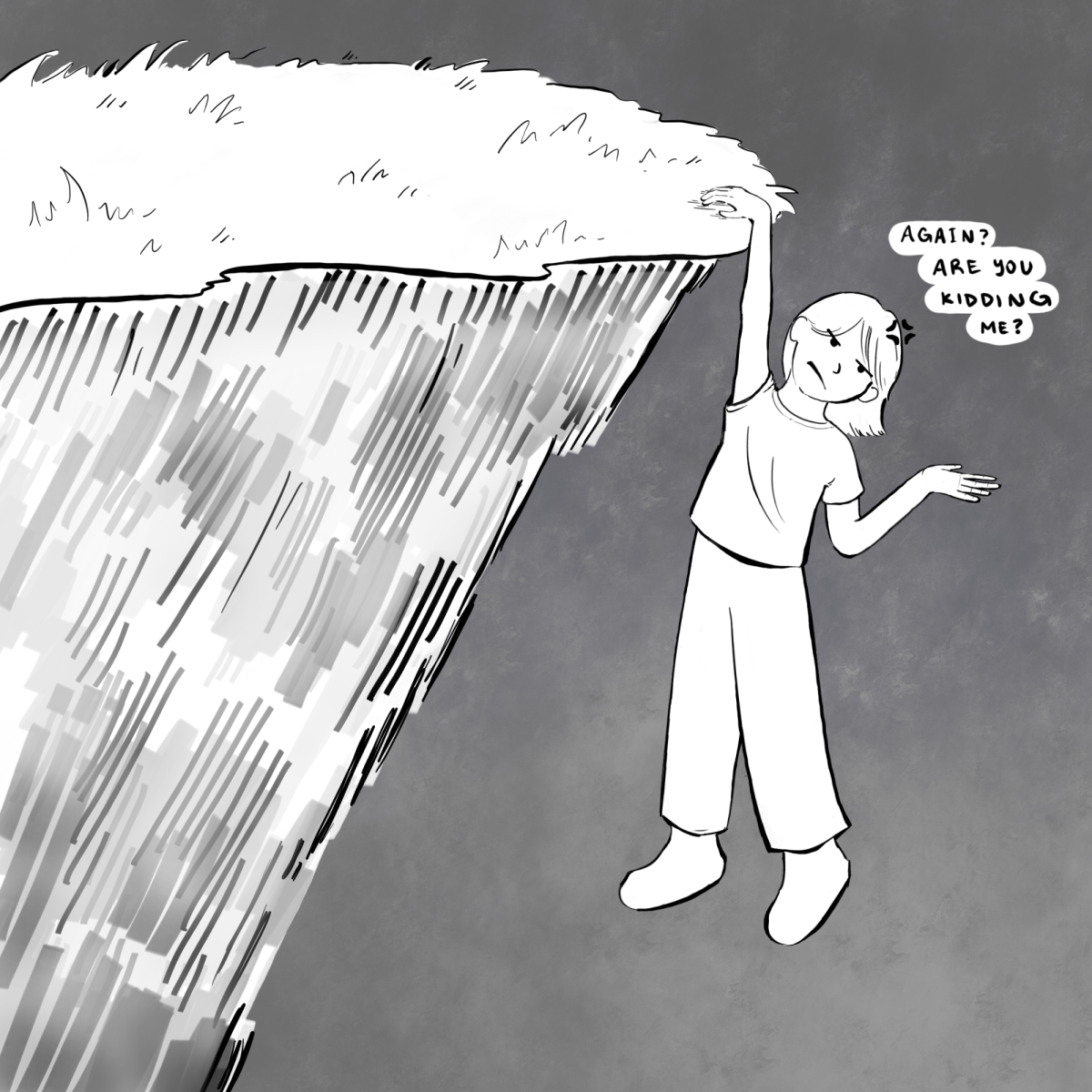Cutting weight: just a part of the sport
December 26, 2016
For some boys at Central, wrestling season means a whole new lifestyle of dedication with workouts 45 minutes before school, two hours after school and four to six hours on the weekends while making wise choices to make weight.
Sophomore Luke Russell is aware of the daily challenges that he must overcome.
“[The sport] is [about] how much you eat every meal, what you do after school, before school, it’s what you think about, it’s what you’re doing on the weekends[…]you have to love it in order to stay in,” Russel said.
The boys decide on a weight goal the second week of their season.
These goals are set to increase the wrestlers’ competitiveness and success at each meet. However, the boys say that the idea of weight-cutting is often misrepresented.
Senior Jake Keating believes the stigma comes from a lack of understanding when it comes to the actual methods of cutting weight.
“I think part of it is that cutting weight gives wrestling a bad picture sometimes because a lot of kids, they’ll starve themselves and won’t eat trying to make a weight,” Russel said. “A lot of people that aren’t educated about it will see that and give wrestling a bad picture.”
Varsity coach Noah Fitzenreider calls the process “weight management” and says its challenges become easier with time.
“I don’t really like the term weight-cutting because everyone hears it and they think that it’s dangerous.” Fitzenreider said. “Really what it’s about is balancing the diet with exercise,” Fitzenreider said.
Fitzenreider says weight management is to distribute fairness throughout teams.
“So wrestling is a physical sport, so they don’t want various small people going against bigger people so there are 14 weight classes so basically what you do it you have to be under a certain amount of weight,” Fitzenreider said.
Senior Joe Lopez emphasizes that weight cutting is simply a factor that plays into the importance of competing and hard work.
“It’s part of the sport,” Lopez said. “So when you join you know about it, and if you don’t want to do that you can choose to go a different path by being less competitive.”
Russell believes in thinking realistically for the sake of his love for the sport.
“Sure it can be annoying,” Russell said. “I obviously want to eat ice cream and a burger, but there are people all over the world who don’t eat incredibly-American portions and [can] still be healthy.
Regarding family concerns, the boys explain that the cutting weight is not an issue if done properly.
“I know my mom doesn’t like it, but she also knows that I’m doing it in a healthy way,” Lopez said.
Health regulations are in place during certification when the boys are checked for dehydration via urine tests. Their body fat percentages are also provided with a time graph to measure how much body fat can be lost while still staying healthy.
Russell adds details about the leeway the wrestlers are provided.
“Throughout the year, maybe one or two times[…] you get an extra pound allowance to your weight class,” Russell said. “So if you started out as your weight class was 152 lbs, after by February it will be 154 so they allow some growth.”
Still, Russell endures the challenges to accomplish his goals.
“My biggest motivator is that I want to win the next match,” Russell said.“If I’m on varsity, I want to beat the guy I’m facing, and to do that you have to outwork your opponent so when you’re slacking off you can immediately say to work harder.”
As a senior, Lopez reflects on his growth and his accomplishments.
“I know winning nationals is a big part of [continuing],” Lopez said. “But I’ve been trying to wrestle on varsity and being able to wrestle on varsity now is a big achievement for me.”
The wrestlers will continue to strive through hardships for their achievements both on and off the mat.






